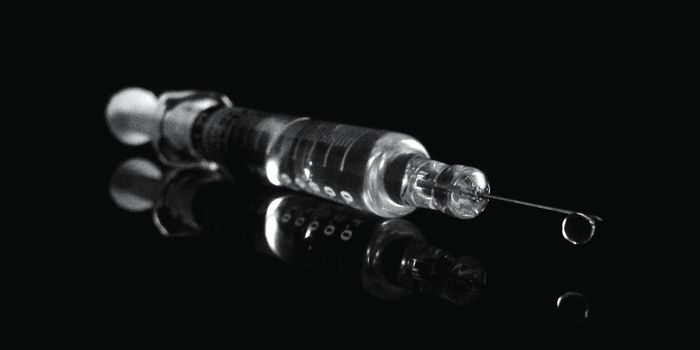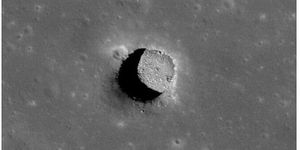Leprosy-causing Bacteria Generate Healthy Livers in Armadillos
Bacteria that cause leprosy may be able to regenerate liver cells in adult animals without negative side effects. The corresponding research was conducted by a team of scientists at the University of Edinburgh and published in the journal Cell Reports Medicine.
Previous studies have shown that stem cells and progenitor cells- descendants from stem cells that can form into any cell type for specific organs- can regrow mouse livers. However, the techniques for this are invasive and often result in tumor growth. To overcome these challenges, researchers investigated the effects of leprosy-causing bacteria, Mycobacterium leprae (ML), known for its cellular-reprogramming ability, in growing liver cells.
For their study, they infected 57 armadillos- natural hosts of the ML- with the bacteria. They then compared their livers to those of an uninfected control group and a group resistant to infection. They found that ML promoted liver cell proliferation- resulting in larger livers- while preserving healthy liver function and physical structure. They additionally reported no scarring, tumor growth, or side effects.
From further analysis, the researchers identified several indicators suggesting that ML rejuvenated armadillo liver cells and triggered gene expression patterns similar to those of younger animals. In particular, they noted that the bacteria reprogrammed the liver cells into younger progenitor cells, which could then become new liver cells and thus grow new tissue.
The researchers suggest that ML might engage the liver’s innate regenerative ability to activate cell growth.
"If we can identify how bacteria grow the liver as a functional organ without causing adverse effects in living animals, we may be able to translate that knowledge to develop safer therapeutic interventions to rejuvenate aging livers and to regenerate damaged tissues.", said Professor Anura Rambukkana, lead author from University of Edinburgh's Centre for Regenerative Medicine.
The researchers wrote that their results might be limited as armadillos are not commonly used as test subjects, and thus less is known about how they age than more traditional study subjects like mice. Further studies are therefore needed to establish ML's potential application in human liver cells.
Sources: ScienceDirect, Cell Reports









